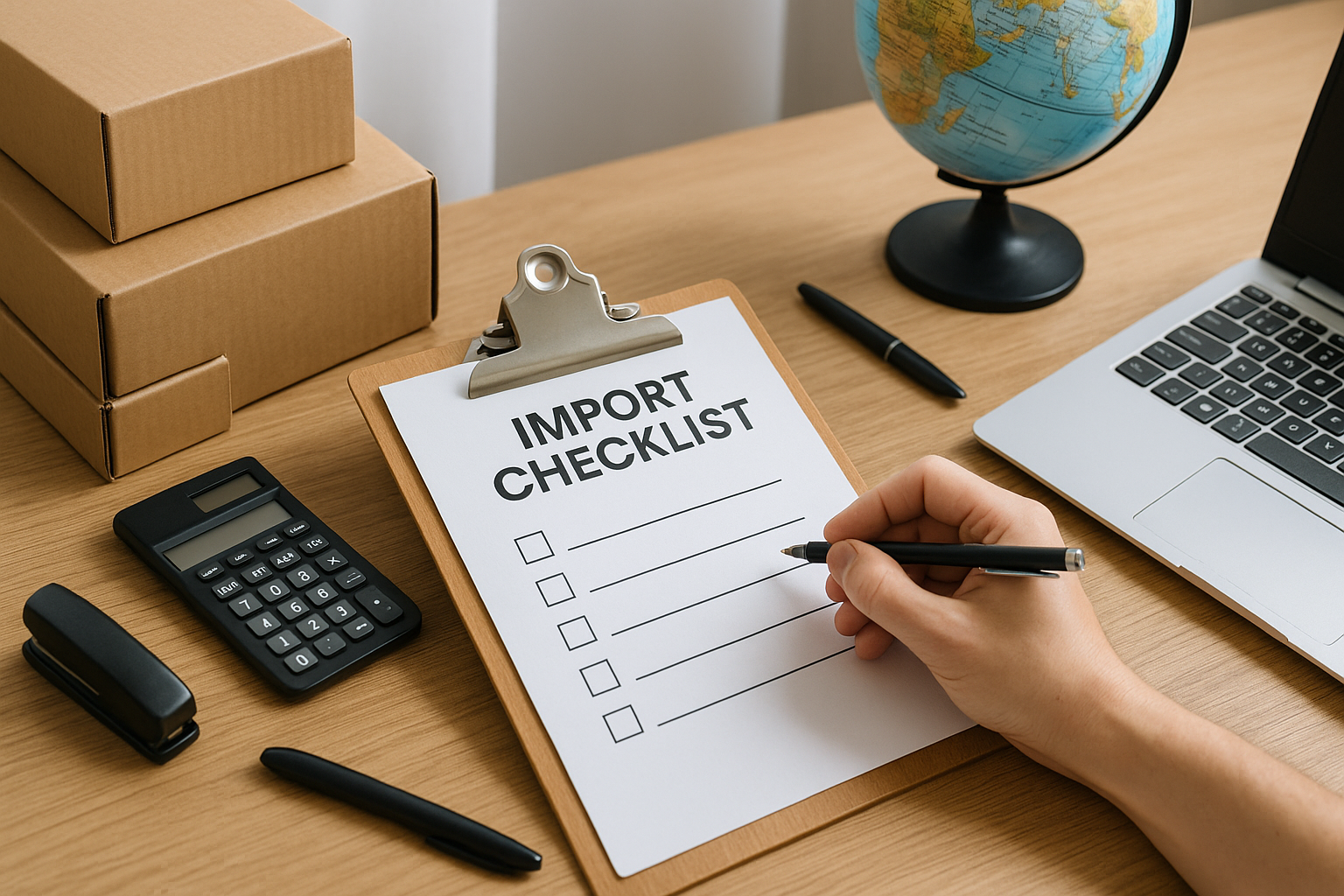1) Define the product and target price
- Specs: materials, dimensions, finishes, packaging, compliance marks.
- Target landed cost: price you can accept after freight, duty, VAT.
- Volume assumptions: first order + 12-month forecast to negotiate better terms.
2) Request for Quote (RFQ)
Send the same RFQ package to multiple suppliers. Ask for unit price by Incoterm (EXW/FOB/CIF), MOQ, lead time, tooling cost, and payment terms. Require validity (e.g., “valid 30 days”) and ask for sample cost and refund policy.
Request suppliers state
- Price EXW, FOB (named port), and CIF (your port)
- MOQ & price tiers
- Lead time (samples & mass)
- Payment terms (e.g., 30/70)
- Tooling/setup fees
- HS code (supplier’s view)
You provide
- Drawings/CAD/photos
- Packaging spec & label text
- Destination & preferred Incoterm
- Compliance requirements
- Expected order quantities
3) Samples & approvals
- Approve golden sample with signed spec and QC tolerances.
- Document color/finish with photos in neutral light or swatches.
- Confirm packaging test (drop test where relevant).
4) Contract & purchase order
Issue a formal PO referencing specs, drawings, golden sample, and penalties for late delivery or failed inspections. Include Incoterm + named place, payment plan, and IP/confidentiality where needed.
5) Quality control plan
- Pre-production check: materials & tooling readiness.
- During production (DUPRO): catch issues early.
- Pre-shipment (PSI): AQL-based inspection on finished goods.
6) Freight & Incoterms
Choose Incoterms to fit your capability and risk profile:
- EXW: you handle everything from factory gate—max control, more work.
- FOB: supplier delivers to named port—balanced for first timers.
- CIF/CFR: supplier books ocean freight; you handle local charges at arrival.
Decide air vs sea by volume, weight, and launch deadline. Ask forwarders for both options (door-to-door where possible) and transit time buffers.
7) Documents & customs
- Commercial invoice, packing list, bill of lading/air waybill
- Certificate of origin, test reports (if required)
- HS code confirmation with your broker to get duty rate right
- Import licenses/registrations as applicable
8) Payments & currency
- Use pro forma invoice (PI) and PO references on payments.
- Split: deposit at order, balance after PSI pass and before shipment.
- Confirm bank details in writing from known contacts; beware of invoice fraud.
9) Delivery & aftercare
- Track shipment milestones; plan for customs clearance and last-mile.
- On arrival, perform incoming QC on a sample of cartons.
- Capture lessons learned; update specs for next order.
Lead time
Samples: 1–3 wks · Mass: 4–8 wks
Logistics
Sea: 4–6 wks · Air: 3–10 days
QC touchpoints
PP — DUPRO — PSI
Need hands-on help?
We can run the full process—RFQs, price/terms, samples, inspections, freight, and customs—so your first import is on time and on budget.
Request a sourcing proposal